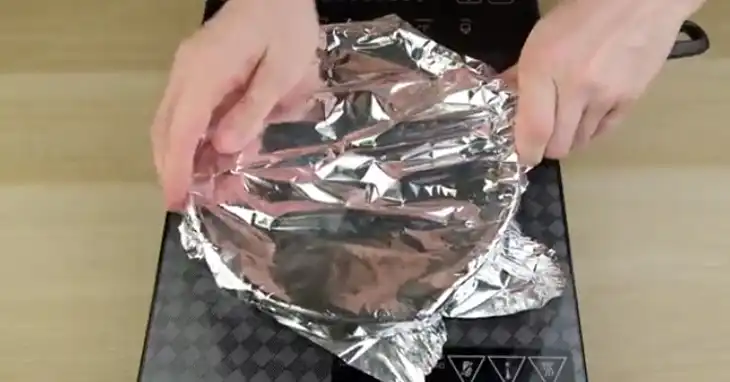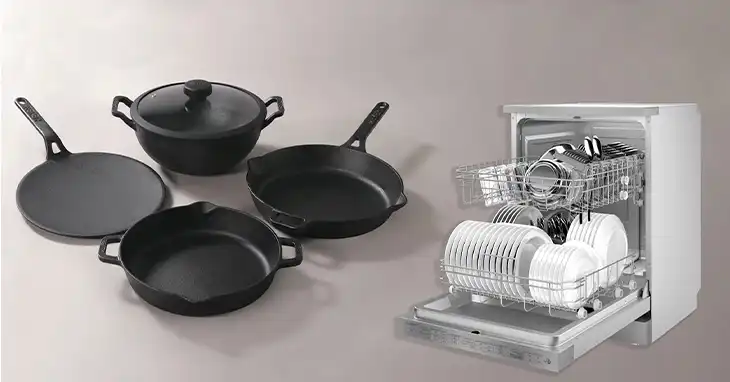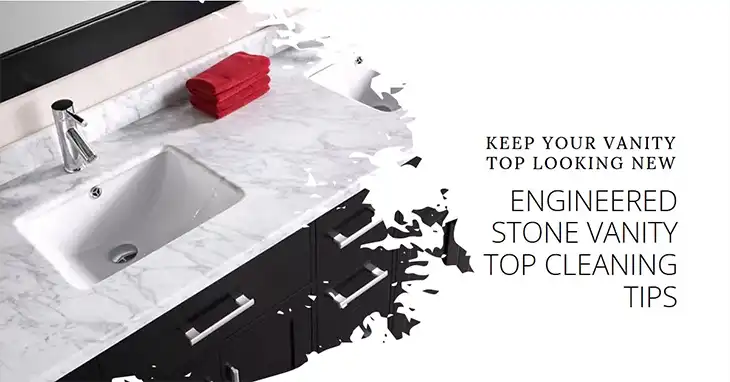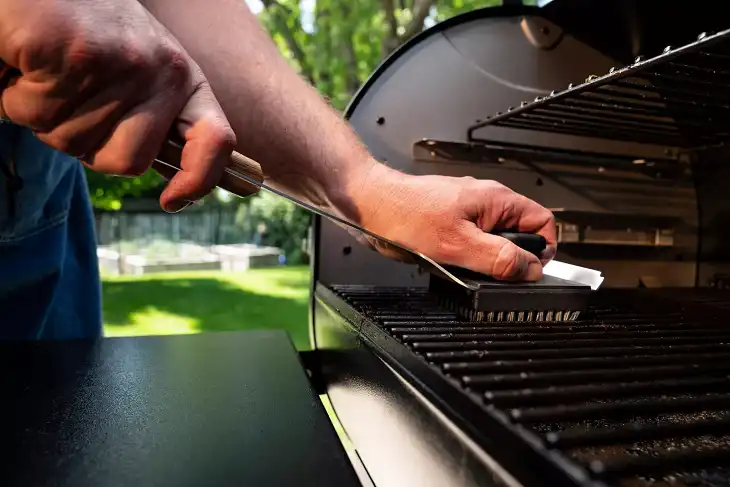How to Cover a Pot without a Lid? Step-by-Step Guide
Pot lids are essential kitchen tools that help trap heat and moisture, ensuring that your dishes cook evenly and retain their flavours. However, there may be times when you can’t find the right lid or don’t have one at all. In such situations, it’s helpful to know alternative methods for covering your pots.
In this article, we’ll explore three easy and effective ways to cover a pot without a lid: using a baking sheet, aluminium foil, or parchment paper. Each method has its own advantages and drawbacks, and the choice will depend on the dish you’re preparing and the materials you have on hand.

Methods for Covering a Pot without a Lid
While a lid is undeniably the ideal way to cover a pot, there are some brilliant substitutes that can come in handy in a pinch. Let’s find out a few options that are likely already hanging out in your kitchen:
Baking Sheet
If you don’t have a lid for your pot, a baking sheet can be a handy substitute. Simply place the baking sheet over the top of the pot, allowing it to rest on the edges. This will help trap heat and moisture inside the pot, preventing the contents from drying out or splattering.
The baking sheet method works well for pots with a wide opening. However, it may not be as effective for pots with a narrow opening, as the baking sheet may not fit snugly. In such cases, you can try crumpling some aluminum foil around the edges to create a tighter seal.
How to Use a Baking Sheet:
- Choose a baking sheet that’s close in size to the diameter of your pot.
- Place the baking sheet directly on top of the pot. It won’t create a perfect seal, but it will trap a significant amount of heat and moisture.
- For added stability, you can drape a kitchen towel over the handle of the pot and the baking sheet to create a makeshift tent.
Things to Keep in Mind:
- The baking sheet method might not be ideal for delicate dishes that require a very tight seal, like poaching eggs.
- Be cautious when removing the baking sheet, as steam can escape rapidly. Use a pot holder or oven mitt for safety.
Aluminium Foil
Aluminium foil is a versatile kitchen item that can also serve as a makeshift pot lid. To use it, tear off a piece of foil large enough to cover the pot’s opening, and crimp or fold the edges over the rim to create a seal.
Moldable: Aluminum foil is incredibly flexible, allowing you to form it to fit the exact shape of your pot. This creates a tighter seal than the baking sheet method.
Heat Conductor: Aluminum foil conducts heat well, so it helps distribute heat evenly throughout your pot
This method is particularly useful when you need to cover a pot with an irregular or odd-shaped opening. The malleable nature of the foil allows you to mold it to fit the pot’s contours, ensuring a tight seal.
How to Use Aluminum Foil:
- Tear off a large sheet of aluminium foil.
- Crinkle the foil slightly to create a more pliable form.
- Centre the foil over the pot and gently press down on the edges to create a seal.
- For extra security, you can fold the excess foil over the rim of the pot a couple of times.
Things to Keep in Mind:
- Don’t let the aluminium foil come into direct contact with the heat source on your stovetop, as it can melt.
- Be mindful when using aluminium foil with acidic foods, as it can cause a slight metallic taste.
Parchment Paper
If you don’t have aluminum foil or a baking sheet on hand, parchment paper can be a suitable alternative for covering a pot. Cut a piece of parchment paper slightly larger than the pot’s opening, and gently press it onto the rim to create a temporary lid.
Here’s why it might be a good option:
- Heat Resistant: Parchment paper can withstand high oven temperatures, making it suitable for covering a pot on the stovetop for short periods.
- Steam Vent: Parchment paper allows some steam to escape, which can be helpful for preventing boils or intense bubbling.
How to Use Parchment Paper:
- Cut a circle of parchment paper slightly larger than the diameter of your pot.
- Place the parchment paper directly on top of the pot.
- For a looser fit that allows more steam to escape, simply lay the parchment paper flat on top.
- For a slightly tighter seal, you can create a makeshift tent by draping the parchment paper over the pot and securing it with kitchen twine or clips around the rim.
Things to Keep in Mind:
- Parchment paper isn’t ideal for long cooking times, as it can burn. Use it for shorter cooking applications or as a secondary layer under another method like aluminum foil.
- Parchment paper won’t create a completely airtight seal.
FAQ
Can I use a plate to cover a pot?
While it is possible to use a plate to cover a pot, it may not be the most effective solution. Plates are typically flat and may not create a tight seal, allowing steam and moisture to escape. They can also be challenging to balance on top of a pot, especially if they are smaller than the pot’s opening.
Is it safe to cover a pot with plastic wrap or wax paper?
It’s generally not recommended to cover a pot with plastic wrap or wax paper, as these materials are not designed to withstand high heat. Plastic wrap can melt and release harmful chemicals, while wax paper may catch fire or release an unpleasant odor.
Can I leave a pot uncovered while cooking?
Leaving a pot uncovered while cooking is possible, but it may affect the outcome of your dish. Without a lid, moisture and heat can escape, causing the contents to dry out or cook unevenly. It’s best to cover the pot as much as possible to retain heat and moisture, unless the recipe specifically calls for an uncovered pot.
Conclusion
Covering a pot is essential for ensuring even cooking and preventing food from drying out or splattering. While a dedicated pot lid is the ideal solution, there are several alternative methods you can use in a pinch.
Whether you opt for a baking sheet, aluminium foil, or parchment paper, each option has its own advantages and drawbacks. The key is to choose the method that best suits your dish and the materials you have on hand.




